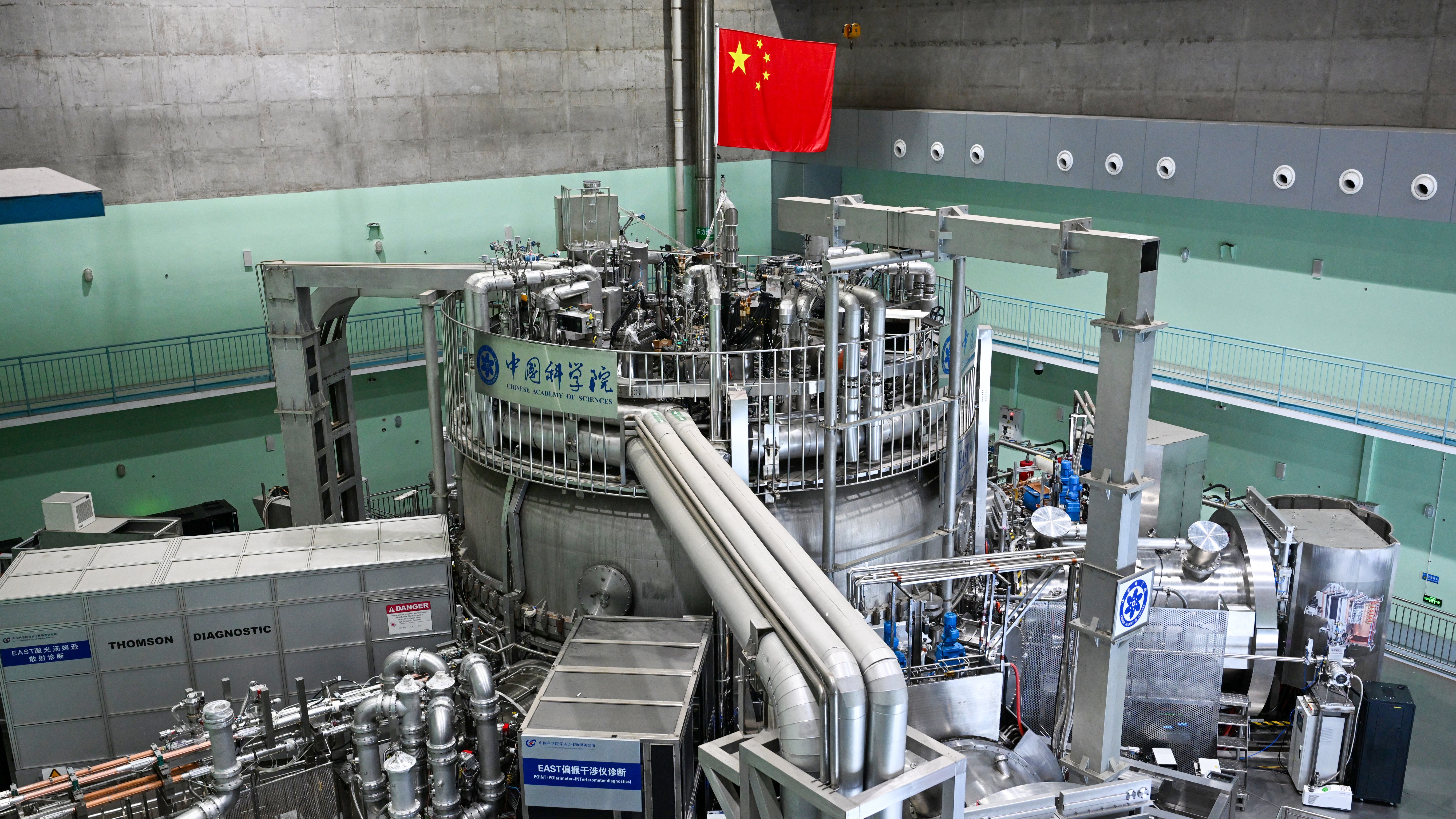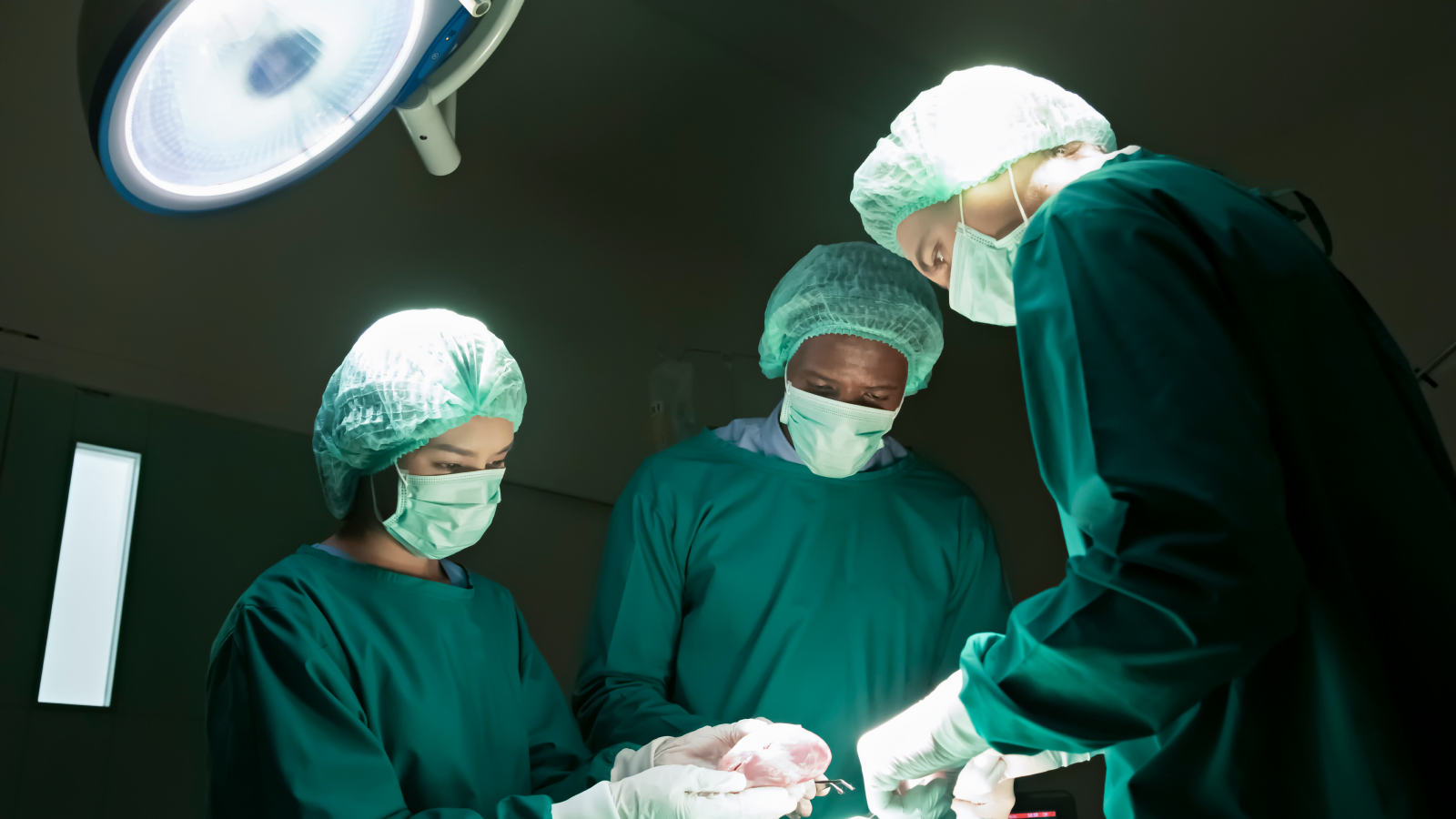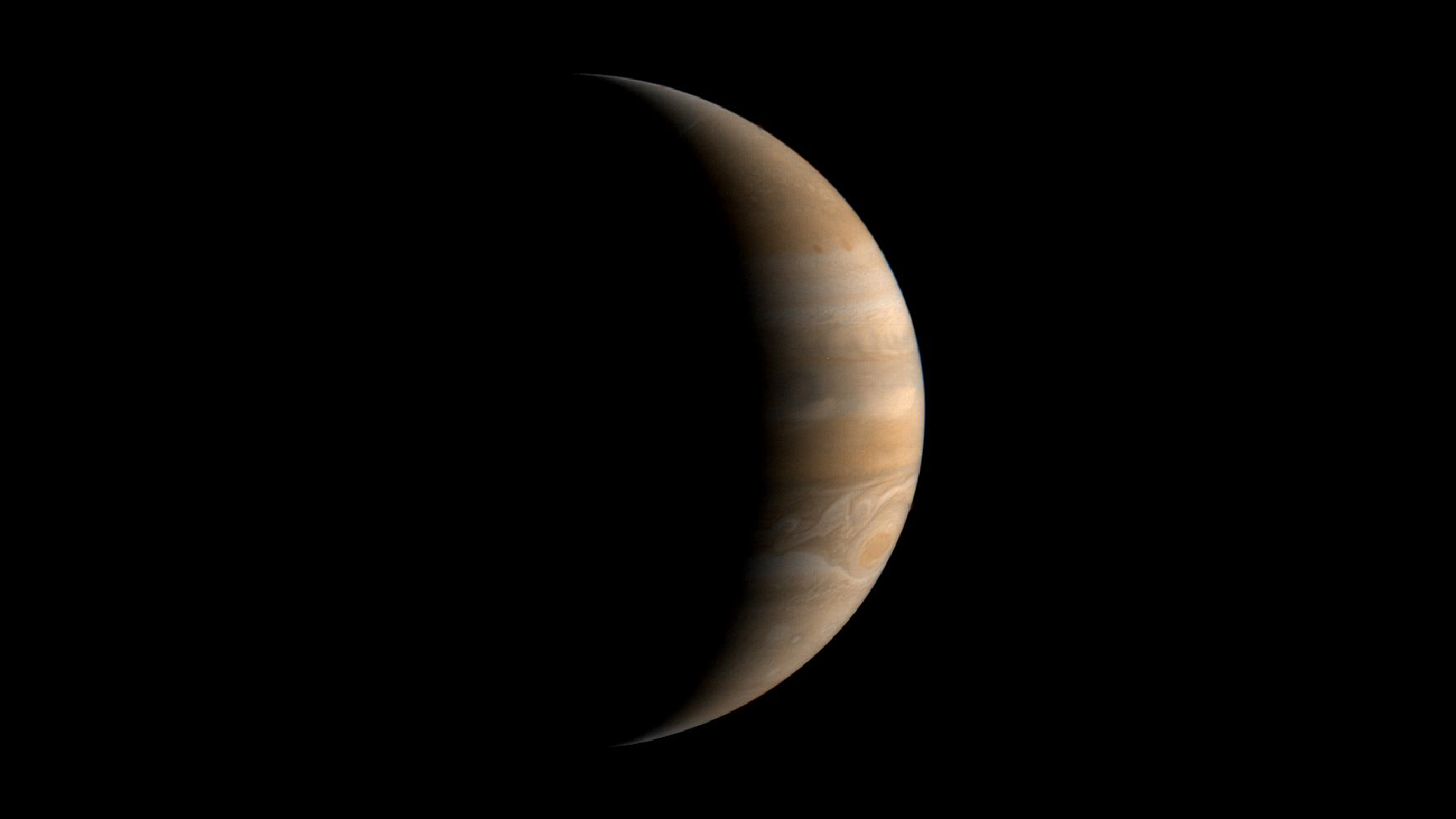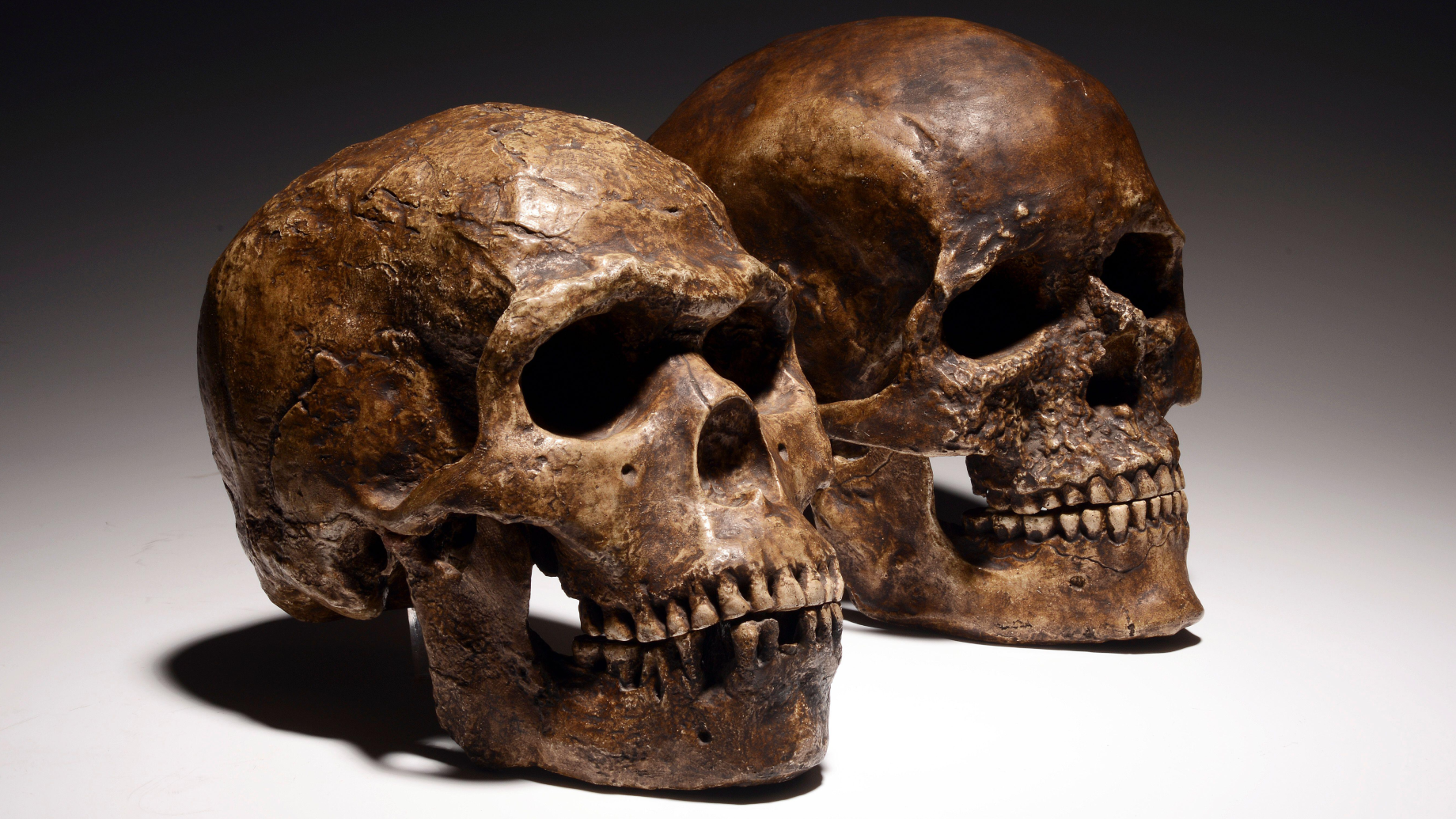If someone says they should use the bathroom, do you want to go? “Contagious peeing” is a well -known phenomenon in people, but new research shows that It also happens in chimpanzeesSuggesting a deep evolutionary origin for this social behavior.
And that is not the only crazy nature story in this week’s science news. Researchers have discovered the breeding secrets of the world’s smallest penguins, revealing that that “Divorce” is unbridled with these small sea birds.
Meanwhile A Rare poison-spraying scorpion species was discovered in South America and one of the largest and deadliest spiders in Australia turned out To actually be three separate species.
But if you thought that was extreme, scientists in China broke a new merger record after their “artificial sun” maintained the temperatures six times heterer than the center of our star for an amazing time.
China’s ‘Artificial Sun’

Nuclear fusion If we could efficiently recreate our sun that our sun drives on, it would offer a nearly reduced stock of clean energy. To make this reaction take place, you need a lot of energy and very high temperatures.
At these extreme temperatures, hydrogen gas comes in a fourth state of matter Known as plasma, where the electrons of the atoms of their core are torn and exist in a soup of positive and negatively charged ions. However, this plasma is notorously difficult to maintain.
Now, scientists from the experimental advanced super -conducting Tokamak (East) merger reactor in China – often described as the “artificial sun” of China – have successfully maintained this plasma for 1,066 secondsMore than double their previous world record in 2023. But we still have work to do before commercial merger energy is available on earth.
Discover more technological news
– Scientists discover a new, 3rd form of magnetism that can be the ‘missing link’ in the search for super guide
—World’s fastest supercomputer ‘El Capitan’ is going online – It will be used to secure the American nuclear stock and in other classified research
—Peziet invisible and ‘fuzzy’ may be lurking in the center of the Melkweg, new research suggests
Life’s Little Mysteries

Organ gifts saves thousands of lives every year. But despite the fact that donor numbers are always high, the demand for organ transplantation consistently exceeds the supply.
In 2023, more than 46,000 organ transplants were carried out in the US alone – but can one of these organs be recycled Again, when their owner had finished them and they were needed by someone else?
Interstellar visitors

An interstellar object eight times the mass of Jupiter may have permanently changed our cosmic neighborhood by distorting the jobs of the four outdoor planets.
For decades, astronomers have debated how the planets of our solar system are formed and why the four outer planets – Jupiter, Saturn, Uranus and Neptune – have subtle oddities in their jobs compared to those closest to the sun.
But with the help of computer models, scientists have discovered that a Interstellar visitor perhaps about 4 billion years ago went through our solar system and the paths of these outdoor planets adjusted.
Discover more SpaceWest
—Artonomas find hundreds of ‘hidden’ black holes – and there may be billions or even trillions more
—1th SuperNovas may have flooded the early universe with water – which means that life is only 100 million years after the big bang,
—Potentially deadly ‘tjilping waves’ detected to a bewildering location near the earth, and scientists are stunned
Also in Science News this week
– ‘Contagious’ peeing can have deep evolutionary roots, suggests chimpanical studies
—OWPIC style medicines bound by more than 60 health benefits and risks in the largest study of its kind
—Cheologists discover rare liquid plaster buried of ‘high-status individual’ from Roman Great Britain
—Giant reserves of ‘golden’ hydrogen can be lurked under at least 30 American states, the 1st-in-in-child map
Science spotlight

When our species first traveled from Africa, our red blood cells underwent rapid evolution to help us survive. But this could also have led to the downfall of Neanderthals.
We often talk about our blood type – the combination of molecular flags on the surface of our red blood cells that let our immune system know that these cells belong to us. When you get a blood transfusion, it is important that the blood of the donor is compatible with your own blood group – otherwise your immune system will mark the cells as strange and attack them.
The same can happen if a mother’s blood type is not compatible with that of her child – which can be fatal. Population geneticists believe that Inbreeding between people and the Neanderthals may have resulted in incompatible blood species Between mothers and their children, so many newborns die.
Something for the weekend
If you are looking for a little longer to read this weekend, here are some of the best long lectures, book Extracts and interviews published this week.
–7 old megalites around the world that compete Stonehenge
–Diagnostic dilemma: a man sniffed computer cleaner for years. Then his hands started to grow.
–AI can now replicate itself – a milestone with experts terrified
And something for the skywatchers:
–Auroras predicted this weekend about us while Zonnestorm is tearing to earth
Science in photos

The Hubble Space Telescope Snapshots of the Andromeda Galaxy collects for more than 10 years. Now more than 600 of these images have been assembled in a beautiful mosaic of hundreds of millions of stars, Show our cosmic neighbor in spectacular brightness.
Do you want more science news? Follow our Live Science WhatsApp -Sanaal For the latest discoveries that occur. It is the best way to get our expert reporting on the road, but if you don’t use WhatsApp, we are also on Facebook” X (formerly Twitter)” Flipboard” Instagram” Tap” Extingy And LinkedIn.




